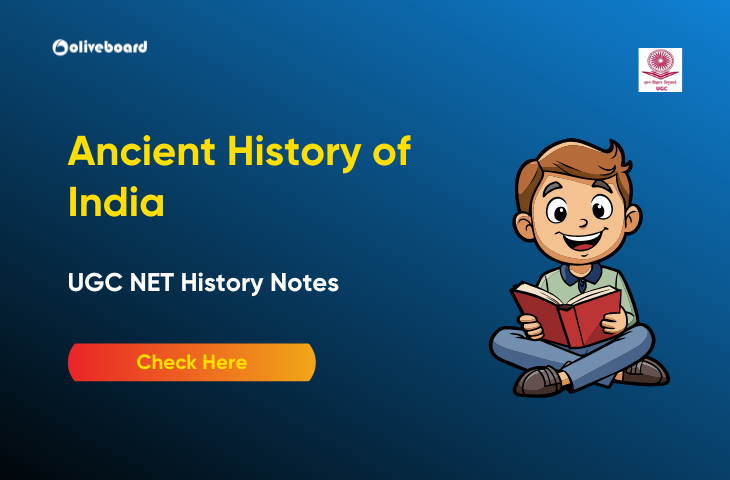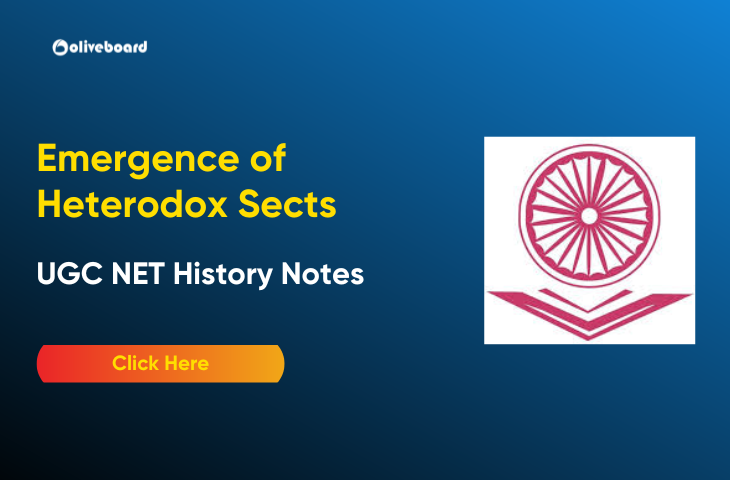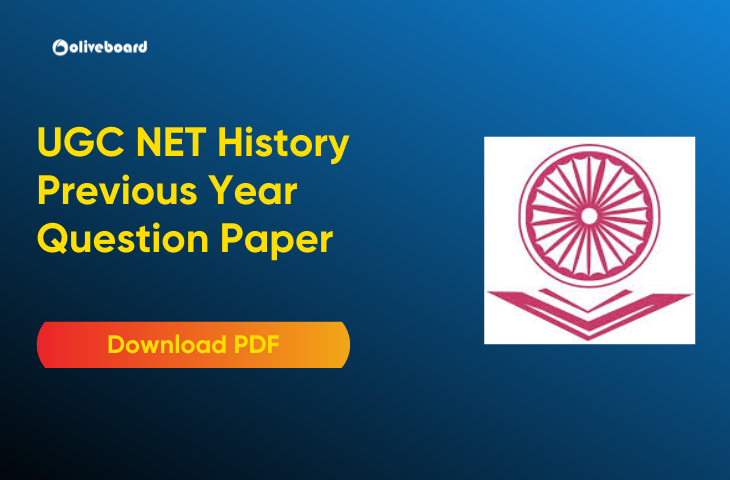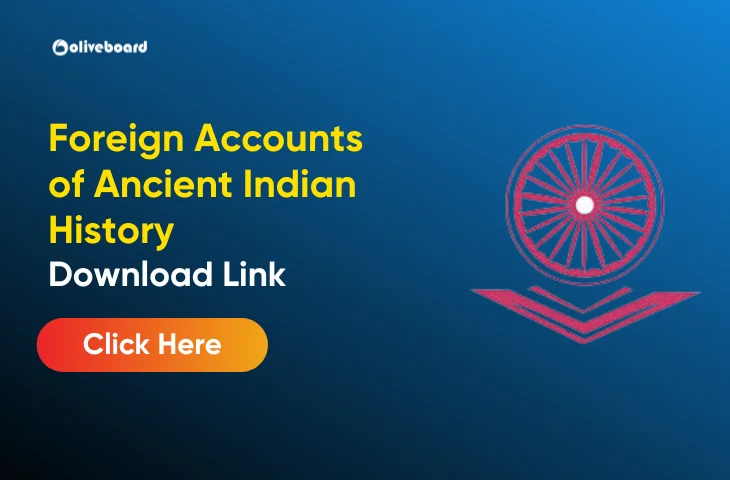Foreign Accounts of Ancient Indian History: Ancient Indian history is vast and fascinating, shaped by many cultures, empires, and ideas. While we learn a lot from local sources, foreign accounts offer unique insights into India’s past. This article looks at the important foreign accounts from travelers, historians, and traders who visited India over the centuries.
Why Foreign Accounts Matter
Foreign accounts are important for several reasons:
- Cultural Exchange: They show how different civilizations interacted with each other.
- Historical Accuracy: They can confirm or challenge local histories.
- Global Perspective: They provide insights into how India was seen by people from other countries.
Key Foreign Accounts of Ancient India
Many notable figures wrote about their experiences in India, giving us valuable information about its society, politics, and culture. Here are some important foreign accounts:
1. Megasthenes
Megasthenes was a Greek ambassador who came to India during the Mauryan Empire. He wrote a book called Indica, which gives us:
- Political Insights: Details about the Mauryan government and how it was organized.
- Social Observations: Information about the social classes, customs, and lifestyles of people in India.
- Economic Details: Notes on trade practices and the wealth of the region.
2. Fa-Hien
Fa-Hien, a Chinese Buddhist monk, traveled to India in the early 5th century CE. His writings focus on:
- Buddhism: Information about Buddhist practices and monasteries.
- Religious Tolerance: Observations on how different religions coexisted.
- Travel Experiences: His journey through various regions and interactions with locals.
3. Hiuen Tsang
Hiuen Tsang (Xuanzang) was another Chinese traveler who visited India in the 7th century CE. His accounts are significant for their detail:
- Geographical Descriptions: Information about the landscape and climate of different areas.
- Education: Details about famous universities like Nalanda and the learning environment.
- Religious Observations: Insights into Hinduism, Buddhism, and Jainism.
4. Al-Biruni
Al-Biruni, an Arab scholar, came to India in the 11th century CE. He wrote Kitab al-Hind, which explores:
- Mathematics and Science: The level of scientific knowledge in India.
- Philosophy: Comparisons between Indian and Islamic philosophical ideas.
- Cultural Practices: Descriptions of Indian customs, beliefs, and daily life.
5. Marco Polo
The Venetian merchant Marco Polo visited India in the late 13th century. His travel accounts reveal:
- Trade Routes: The importance of India in global trade networks.
- Cultural Richness: Descriptions of various Indian kingdoms and their wealth.
- Social Observations: Insights into the customs and lifestyles of different regions.
Common Themes in Foreign Accounts
The foreign accounts of ancient India often discuss several key themes:
| Theme | Description |
| Governance and Politics | Observations about kings and government systems. |
| Religion and Philosophy | Descriptions of various religious beliefs and practices. |
| Economy and Trade | Insights into trade practices and agriculture. |
| Culture and Society | Observations of arts, literature, and social structures. |
A. Governance and Politics
- Monarchy: Comments on kingship and the role of rulers.
- Administration: Insights into taxes, laws, and public services.
B. Religion and Philosophy
- Religious Diversity: Observations about different religious practices.
- Philosophical Ideas: Discussions on Indian philosophies like Buddhism and Hinduism.
C. Economy and Trade
- Trade Practices: Accounts of the active trade networks, both by land and sea.
- Agricultural Insights: Information about farming methods and their importance.
D. Culture and Society
- Arts and Literature: Descriptions of music, dance, and literature.
- Social Structure: Information about the caste system and social hierarchy.
Impact of Foreign Accounts on Indian History
Foreign accounts significantly impact how we understand ancient Indian history:
- Historical Validation: They confirm events found in Indian texts.
- Cultural Understanding: They help us see how outsiders viewed Indian society.
- Influence on Research: They encourage more study of Indian history from a global perspective.
Challenges in Interpreting Foreign Accounts
While foreign accounts are valuable, there are challenges in understanding them:
- Bias and Perspective: Foreigners might have had their own views that affected their observations.
- Language Issues: Translations can sometimes change the meaning of the original text.
- Cultural Context: Knowing the cultural background when these accounts were written is crucial for accurate understanding.
Conclusion
The foreign accounts of ancient India are a vital resource for historians and students alike. They deepen our understanding of India’s past, offering a different viewpoint that complements local histories. By studying these writings, we can learn about the complexity of ancient Indian society, its governance, religions, and culture. These accounts not only record history but also show how different civilizations are interconnected, reminding us that history is a story made up of many voices.
- Ancient History of India – UGC NET History Notes

- Emergence of Regional Powers in Early Medieval India- UGC NET History Notes

- Emergence of Heterodox Sects – UGC NET History Notes

- UGC NET History Previous Year Question Paper, PDF Download

- Sangam Literature – UGC NET History Notes

- Mauryan Art and Architecture – UGC NET History Notes

Foreign Accounts of Ancient Indian History – FAQs
Ans. Foreign accounts are records by travelers, scholars, and traders from outside India, detailing their observations and experiences in the country.
Ans. Megasthenes was a Greek ambassador to India during the Mauryan Empire, known for his work Indica, which describes Indian society and governance.
Ans. Fa-Hien, a Chinese monk, documented Buddhist practices and the coexistence of different religions in India during the 5th century CE.
Ans. Hiuen Tsang’s writings provide detailed insights into Indian geography, education, and religious practices in the 7th century CE.

Hello there! I’m a dedicated Government Job aspirant turned passionate writer & content marketer. My blogs are a one-stop destination for accurate and comprehensive information on exams like Regulatory Bodies, Banking, SSC, State PSCs, and more. I’m on a mission to provide you with all the details you need, conveniently in one place. When I’m not writing and marketing, you’ll find me happily experimenting in the kitchen, cooking up delightful treats. Join me on this journey of knowledge and flavors!
